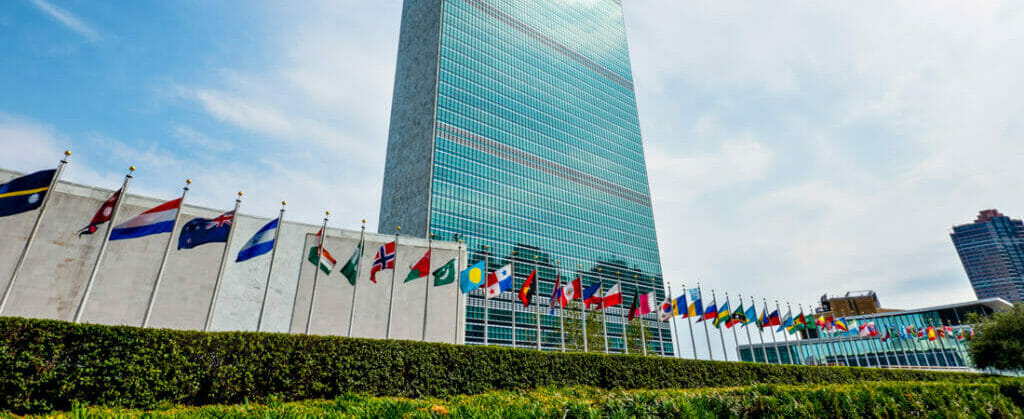Road safety is a global challenge. Every year, more than one million people are killed in road crashes, and millions more are seriously injured. Beyond these tragedies, unsafe roads also affect public health, fairness, the environment, and economic growth. How safe and accessible roads are can shape people’s daily lives and the overall well-being of societies.
Road safety is about more than preventing crashes. It also depends on:
the quality of roads and infrastructure (for example, well-lit crosswalks and speed bumps in school zones dramatically reduce child injuries),
how safe vehicles are (airbags, seatbelts, and new technologies like automatic braking save lives when widely available),
the behavior of drivers and pedestrians (speeding, drunk driving, and distracted driving are leading causes of fatalities), and
how quickly emergency services can respond (in rural areas without trauma centers or ambulances, a crash is far more likely to be fatal).
Climate change makes things harder by damaging road conditions—floods can wash away bridges, while heatwaves cause road surfaces to crack—putting drivers and pedestrians at greater risk. Unsafe roads often hurt children, young people, the elderly, and poorer communities the most. For example, in many low-income countries, children must walk along highways to get to school, and motorbike crashes are a major cause of death among young adults. When people cannot safely reach school, work, or hospitals, it limits opportunities and creates inequality.
The United Nations has been working on this issue for years. In 2010, the General Assembly launched the First Decade of Action for Road Safety (2011–2020), aiming to cut road traffic deaths by half. Although progress was made—for instance, some countries introduced helmet and seatbelt laws that saved thousands of lives—too many lives were still lost. That is why the UN declared the Second Decade of Action for Road Safety (2021–2030), with the same ambitious goal: to reduce global road deaths and injuries by at least 50% by 2030.
The new plan emphasizes a broader approach. Road safety should not only be seen as a traffic issue—it connects to health, climate action, social justice, and sustainable development. For example, safer and greener transportation systems like Bogotá’s bus rapid transit or Copenhagen’s cycling infrastructure both reduce pollution and make streets safer for pedestrians, cyclists, and drivers alike.
Today, as cities grow and climate challenges increase, the urgency is even greater. Road safety is also a question of fairness: in many countries, poorer neighborhoods are more likely to have dangerous intersections, and young people and civil society groups are calling for safer streets and for their voices to be included in decision-making.
The General Assembly has a central role in keeping road safety high on the global agenda. By promoting cooperation between countries and linking road safety with the Sustainable Development Goals, the UN can help build a future where everyone has access to safe, sustainable, and inclusive mobility.


